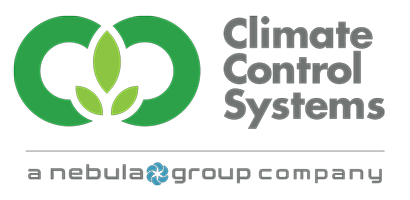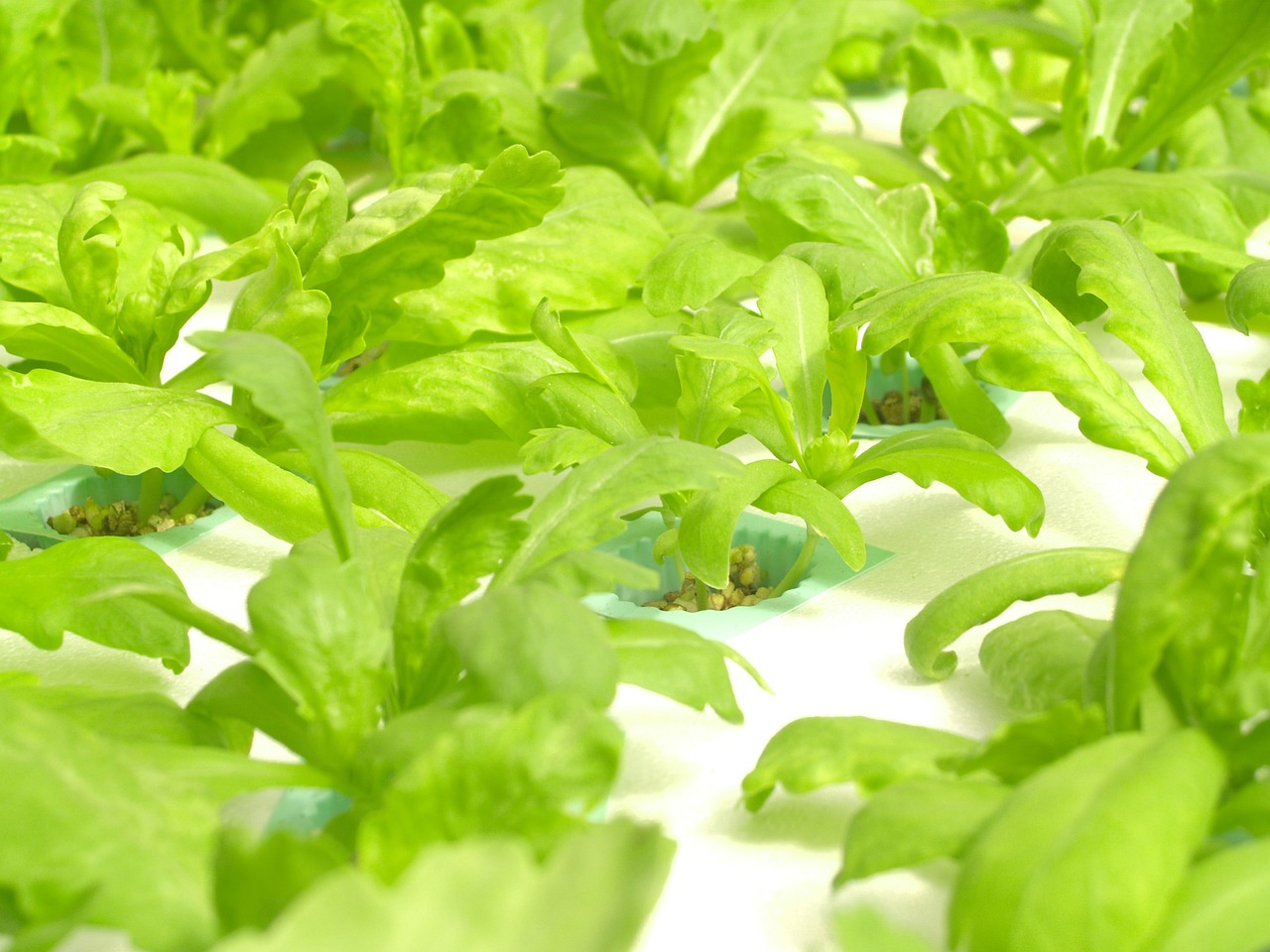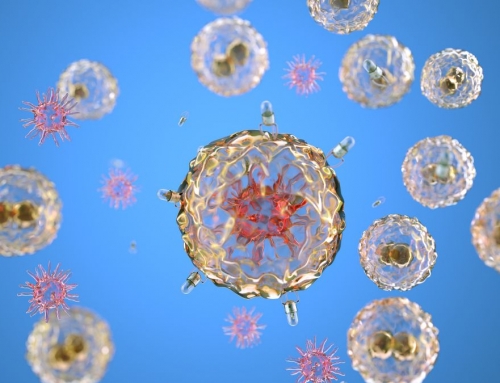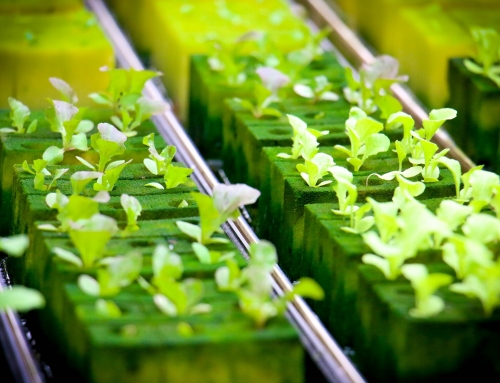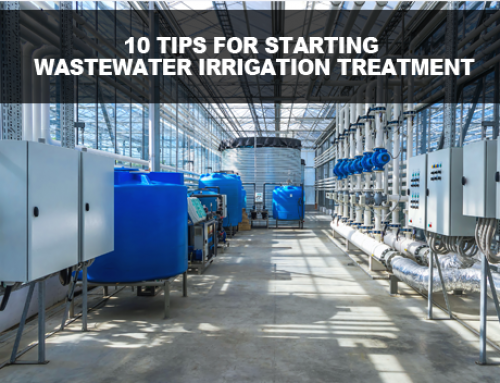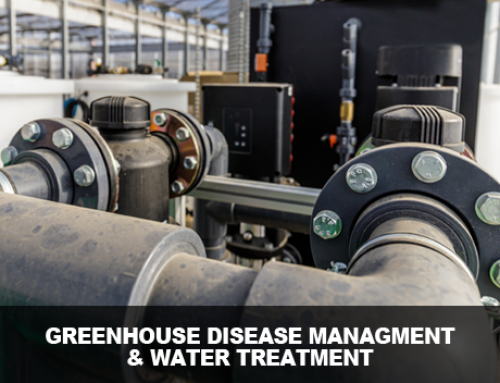In-depth understanding and proper management of nutrients are fundamental to achieving optimal crop yields, especially in hydroponic cultivation. Hydroponics, the method of growing plants without soil, has revolutionized the agriculture industry globally. Its potential to increase crop yield, while minimizing land use and mitigating the impacts of climate change, is impressive. In hydroponics, nutrients are delivered directly to plant roots through specially formulated, nutrient-rich water solutions, giving growers the ability to precisely control nourishment. This blog explores nutrient management strategies for maximizing crop yield in hydroponic cultivation.
Understanding Hydroponic Nutrient Needs:
Plant requirements vary across different growth stages, and an effective nutrient management strategy recognizes this. The three primary macro-elements crucial to plant health are Nitrogen (N), Phosphorus (P), and Potassium (K). Nonetheless, crops also need secondary nutrients such as Calcium (Ca), Magnesium (Mg), and Sulfur (S), plus trace elements like Iron (Fe), Manganese (Mn), Zinc (Zn), Copper (Cu), Boron (B), Molybdenum (Mo), and Chlorine (Cl).
It’s important to tailor nutrient solutions based on your crop type and its growth stage. For instance, seedlings and younger plants generally need lower nutrient concentration levels compared to mature fruiting or flowering plants.
Balancing Nutrient Solutions:
Careful balancing of these nutrients is key in hydroponic cultivation. Unbalanced nutrients can reduce crop yield and lead to plant diseases. For instance, an excess of Nitrogen can reduce fruit or flower formation while too little can cause yellowing leaves.
Commercially available pre-mixed hydroponic nutrients predominantly have balanced ratios of primary, secondary, and micro-nutrients, but the balance may need to be tweaked based on specific plant requirements at different growth stages. Or you can control the mixes yourself with farm grade stock fertilizers like Calcium Nitrate, Magnesium Sulphate, Monopotassium Phosphate etc. and using a quality Fertigation Machine to mix and deliver the nutrient mixes for you.
Monitoring & Adjusting Nutrient Levels:
Regular testing and adjusting your nutrient solution helps maintain optimum plant health. Variables such as pH and Electrical Conductivity (EC) should be monitored closely.
pH influences nutrient availability – too high, and the plants might fail to absorb essential nutrients; too low, and the nutrient absorption could become toxic for the plants. Most hydroponic plants prefer a slightly acidic pH between 5.5 to 6.5.
The EC measures the amount of nutrients present in the solution. Higher EC denotes more nutrient concentration, but it can reach toxic levels if not managed. Regular monitoring and adjusting based on the crop’s growth stages optimize nutrient utilization and reduce occurrences of stress and disease.
Periodically Flush the System if you don’t have a system of nutrient sterilization like Ozone:
Flushing your hydroponic system is also crucial in nutrient management. It helps get rid of excessive salts that build up over time, as well as potential pathogens. Full-system flushes are highly recommended every few weeks, along with a replenishing of the nutrient solution. A professionally installed Ozone sterilization can provide many benefits beyond just sterilizing the nutrient water
Conclusion:
Effective nutrient management in hydroponic cultivation demands a comprehensive understanding of plant needs at different growth stages, regular solution analysis, and careful adjustments. While the process might seem meticulous, the payoff lies in maximized crop yields, ideal produce quality, and the satisfaction of achieving agronomic success in a controlled environment. Harness the potential of hydroponics and steer your cultivation towards earth-friendly, sustainable means of farming.
